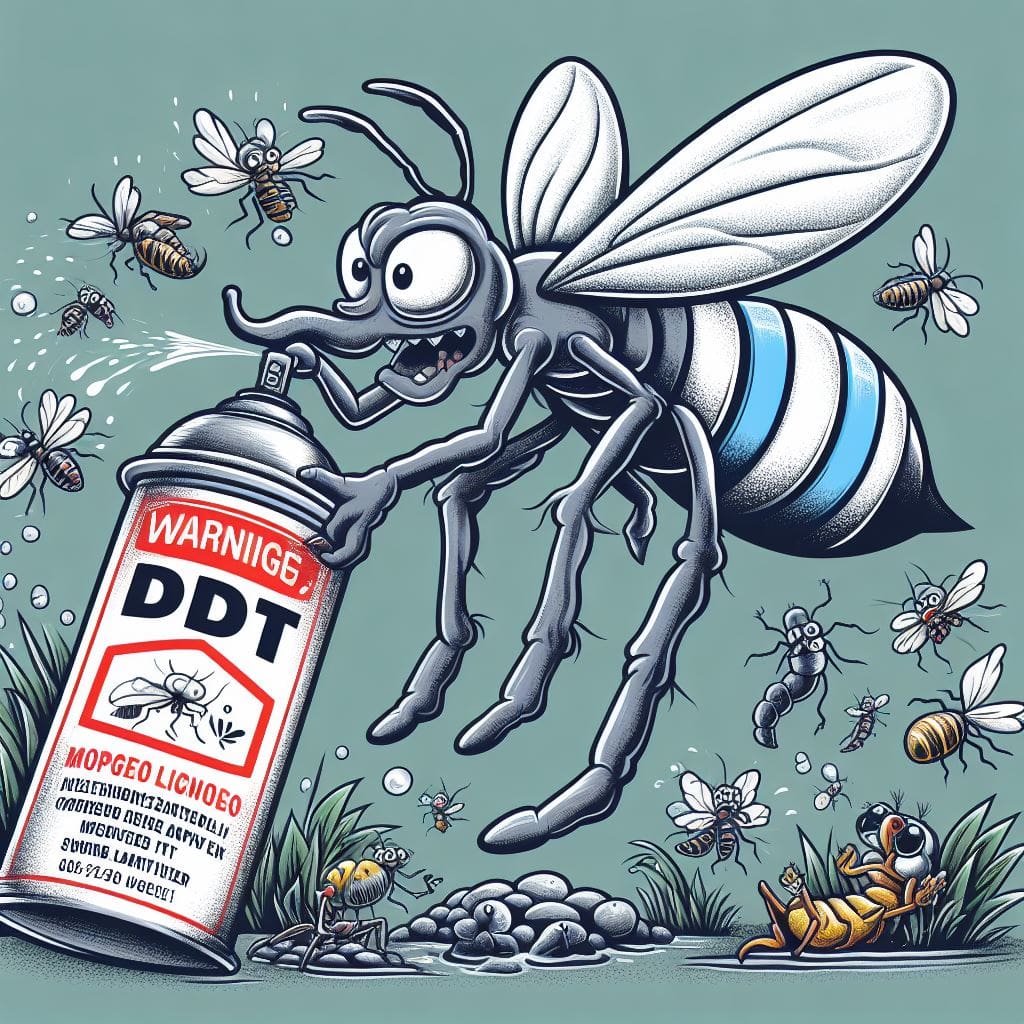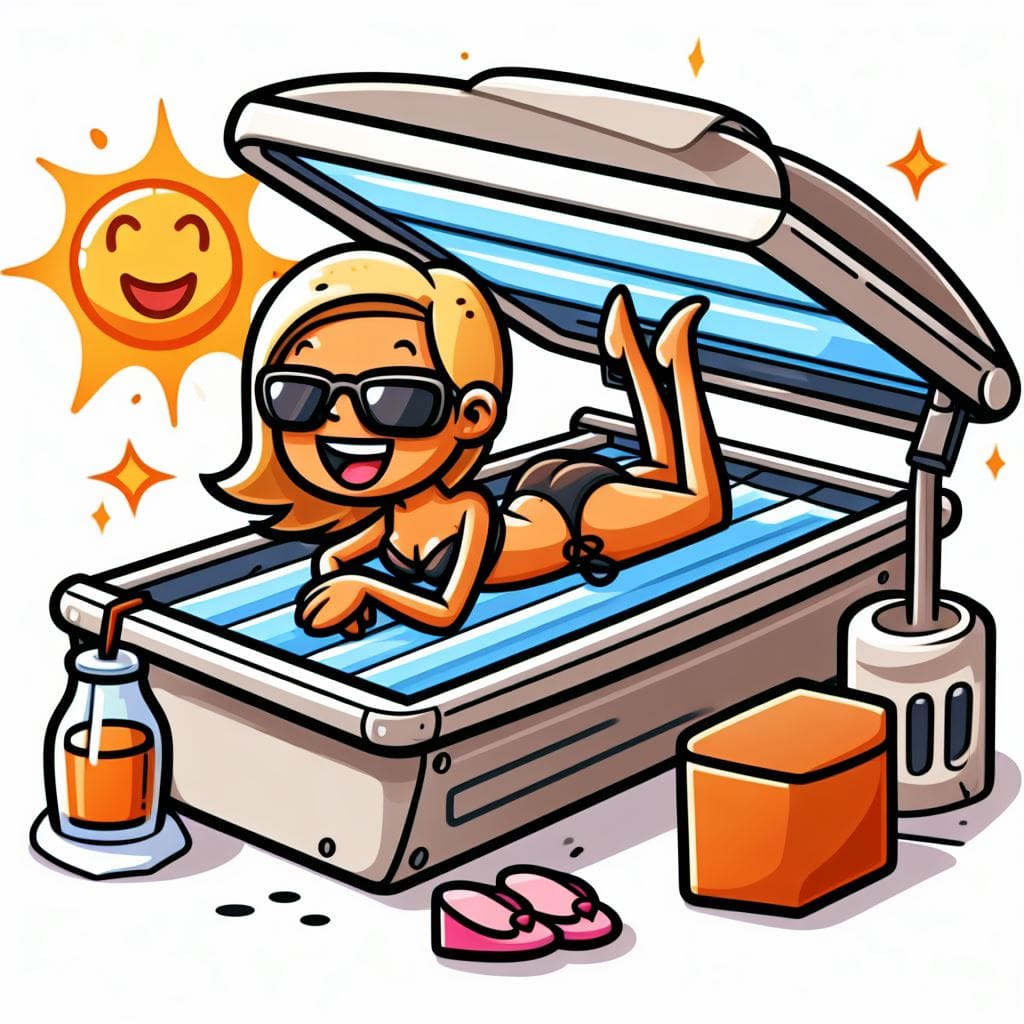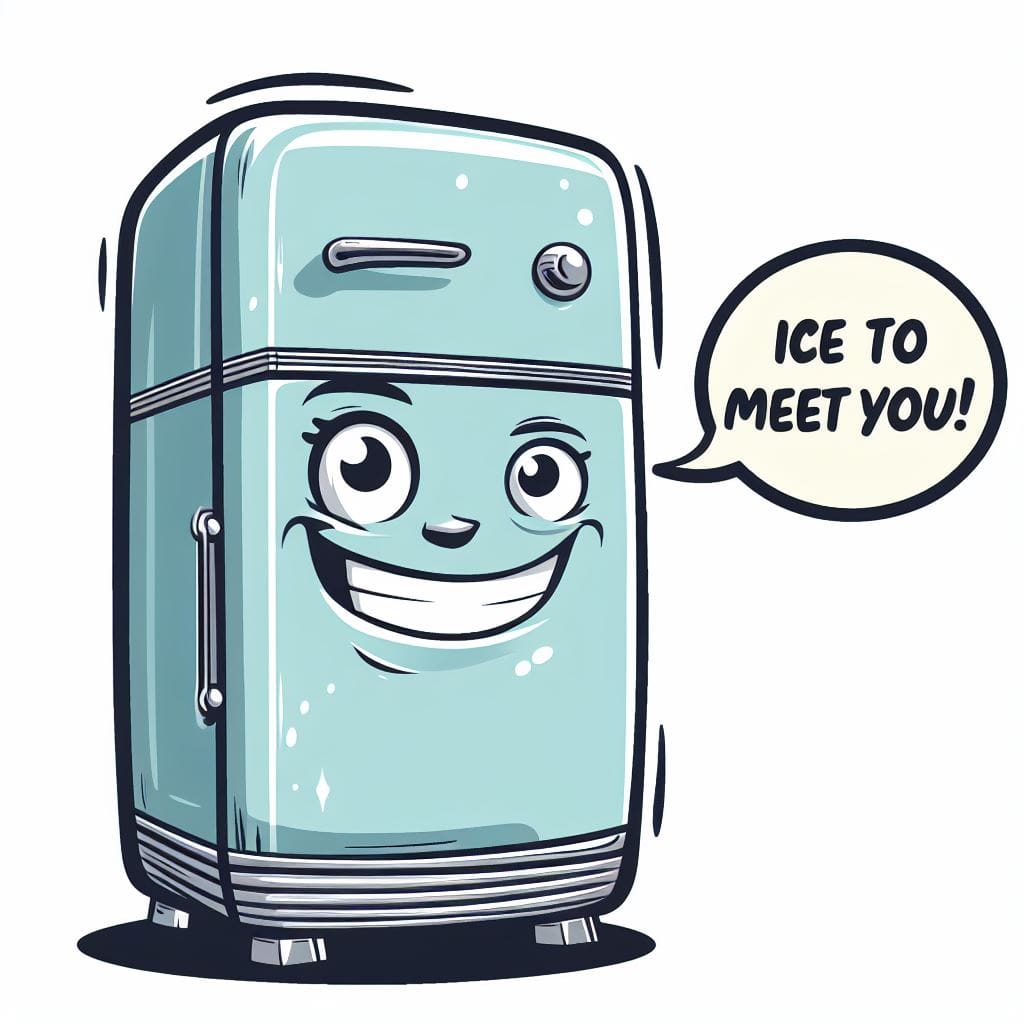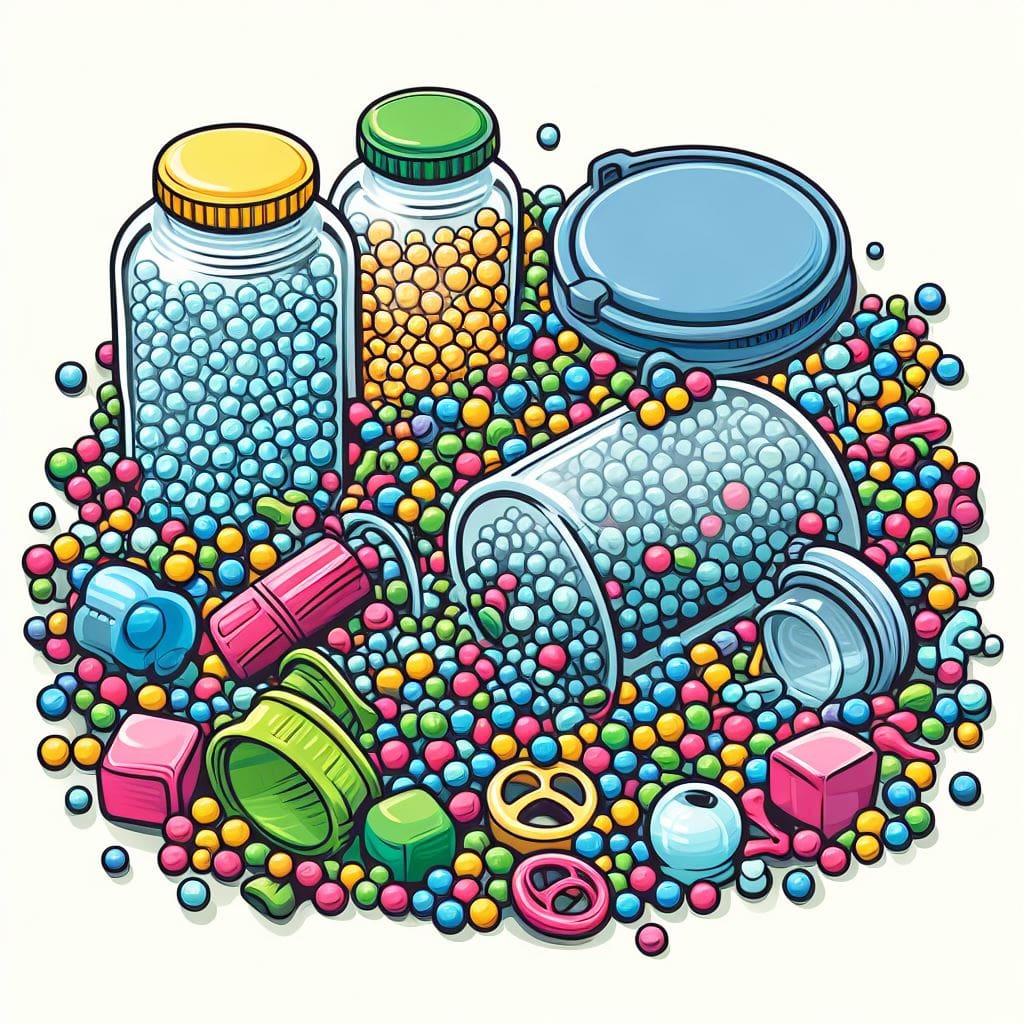In the relentless pursuit of innovation and convenience, history is replete with inventions that were initially heralded as breakthroughs, only to be recognized as hazardous later on. Here’s a look at twenty such inventions that were once considered safe but turned out to be dangerous.
1. Asbestos: The Silent Killer Once a miracle material for its fire-resistant properties, asbestos was widely used in construction. It was later discovered to cause mesothelioma, a deadly lung cancer, leading to its ban in many countries.
2. Lead in Paint and Gasoline Lead was a common additive in house paint and gasoline for its durability and performance-enhancing qualities. It was later linked to severe health issues, especially in children, leading to global phase-outs.
3. DDT (Dichlorodiphenyltrichloroethane) This pesticide was hailed for its effectiveness in agriculture and combating malaria-carrying mosquitoes. However, it was found to be an environmental nightmare, causing wildlife damage and health risks to humans.

4. Thalidomide Introduced as a sedative and to treat morning sickness in pregnant women, thalidomide caused thousands of babies to be born with deformities. Its tragic legacy led to stricter drug testing and regulations.
5. Trans Fats Initially thought to be a healthier alternative to saturated fats, trans fats were widely used in processed foods. Later, they were linked to heart disease, leading to bans and reductions in their use.
6. Mercury in Medicine Mercury, known for its healing properties, was used in various medical treatments, including teething powders for infants. Its toxic effects were devastating, causing neurological damage.
7. Radon Used in health spas for its supposed therapeutic properties, radon is a naturally occurring gas that was later found to be a leading cause of lung cancer in non-smokers.
8. Radium The glow of radium made it popular in watch dials and household items. The radioactive material, however, caused serious health problems for workers, famously the Radium Girls, who suffered radiation poisoning.
9. Tanning Beds Once a popular way to achieve a year-round tan, tanning beds were later discovered to significantly increase the risk of skin cancer, leading to restrictions and warnings.

10. X-Ray Shoe Fitters Used in shoe stores to provide a live X-ray view of feet within shoes, these devices exposed customers and employees to harmful radiation doses.
11. Diethylstilbestrol (DES) This synthetic estrogen was prescribed to prevent miscarriages but was later linked to a rare vaginal cancer in daughters of women who took the drug during pregnancy.
12. Cigarettes Marketed as sophisticated and even healthful in the early 20th century, the catastrophic health effects of smoking, including lung cancer and heart disease, became undeniable over time.
13. Leaded Toys Lead was commonly used in toys and paint for children’s products. Its neurotoxic effects, especially harmful to children, led to stringent regulations on lead in consumer products.
14. Chlordane and Other Organochlorine Insecticides These were effective against termites and agricultural pests but were later banned due to their persistence in the environment and potential health hazards.
15. Freon in Refrigerators and Air Conditioners Freon, or CFCs, were once the refrigerant of choice. They were later found to be depleting the ozone layer, leading to a global agreement to phase them out.

16. PCBs (Polychlorinated Biphenyls) Used in electrical equipment, PCBs were later discovered to be highly toxic environmental pollutants, causing various health issues and leading to a global ban.
17. Phenacetin in Painkillers This pain-relieving compound was widely used in analgesics until its link to kidney failure and carcinogenicity prompted its removal from the market.
18. Saccharin Early artificial sweeteners like saccharin were initially embraced for being calorie-free but later came under scrutiny for potential cancer links, leading to warnings and replacements with safer alternatives.
19. Lobotomy Once a revolutionary treatment for mental illness, the practice of lobotomy was later recognized as barbaric and ineffective, inflicting irreversible damage on patients.
20. Plastic Microbeads Used in cosmetics and personal care products for their exfoliating properties, microbeads were later found to pollute water bodies and harm aquatic life, leading to bans.

Know any more?
These examples highlight the importance of rigorous testing and long-term studies in assessing the safety of new inventions. They serve as a reminder of the delicate balance between technological advancement and the wellbeing of humans and the environment. As we continue to innovate, let’s learn from the past and proceed with caution, ensuring that the safety and health of current and future generations are not compromised for temporary conveniences or perceived advancements. If you know of any more inventions that were considered safe at the time, leave a comment below and tell us why.
